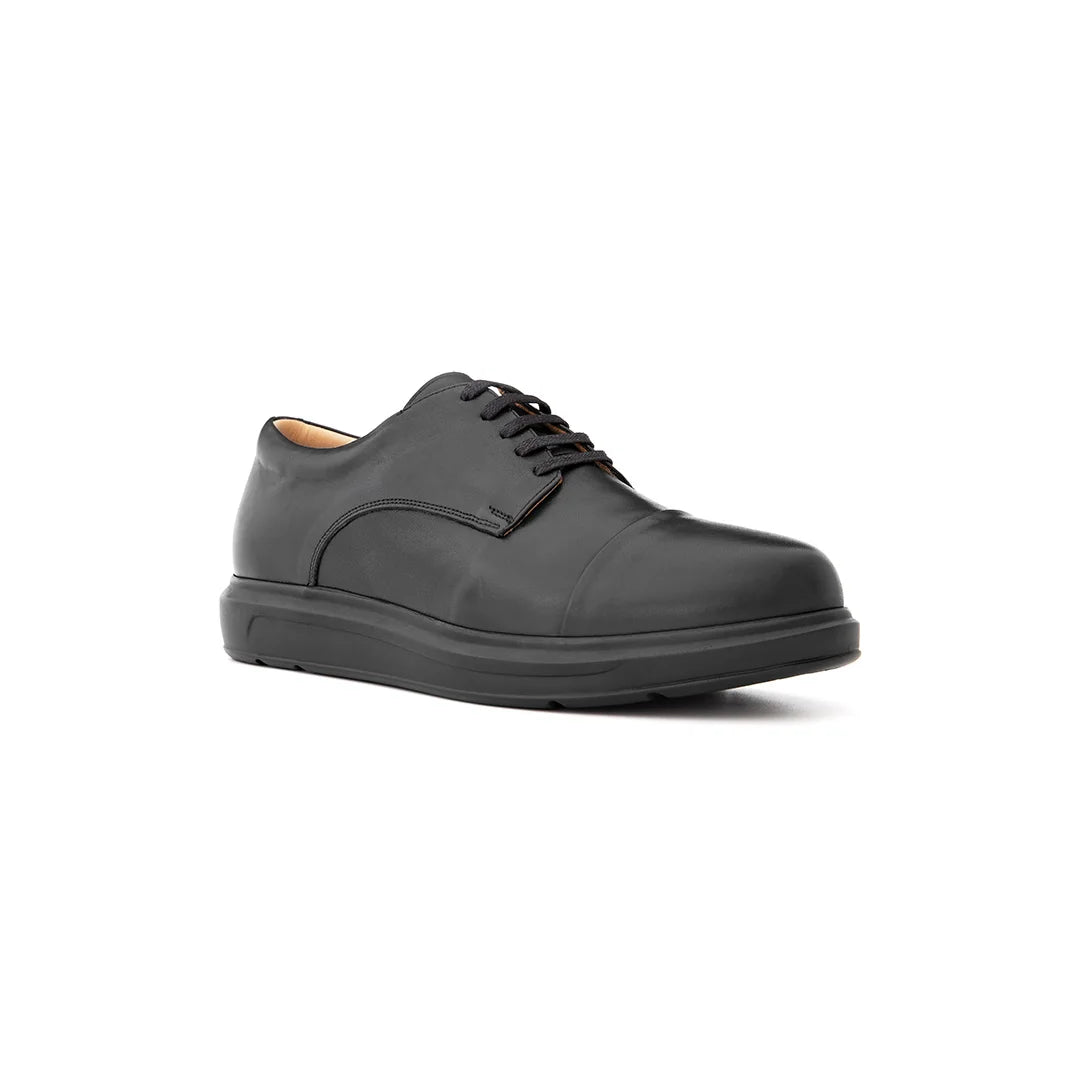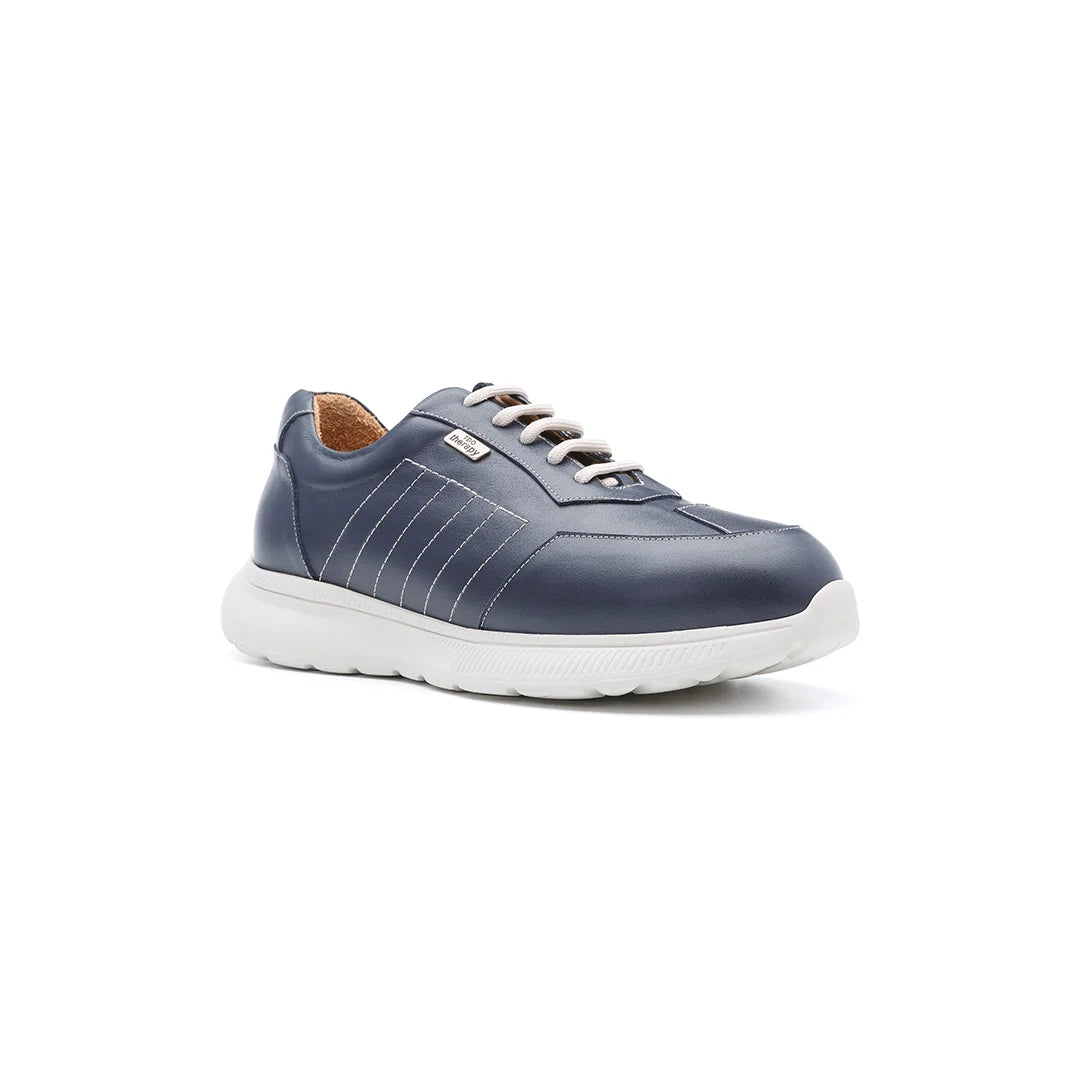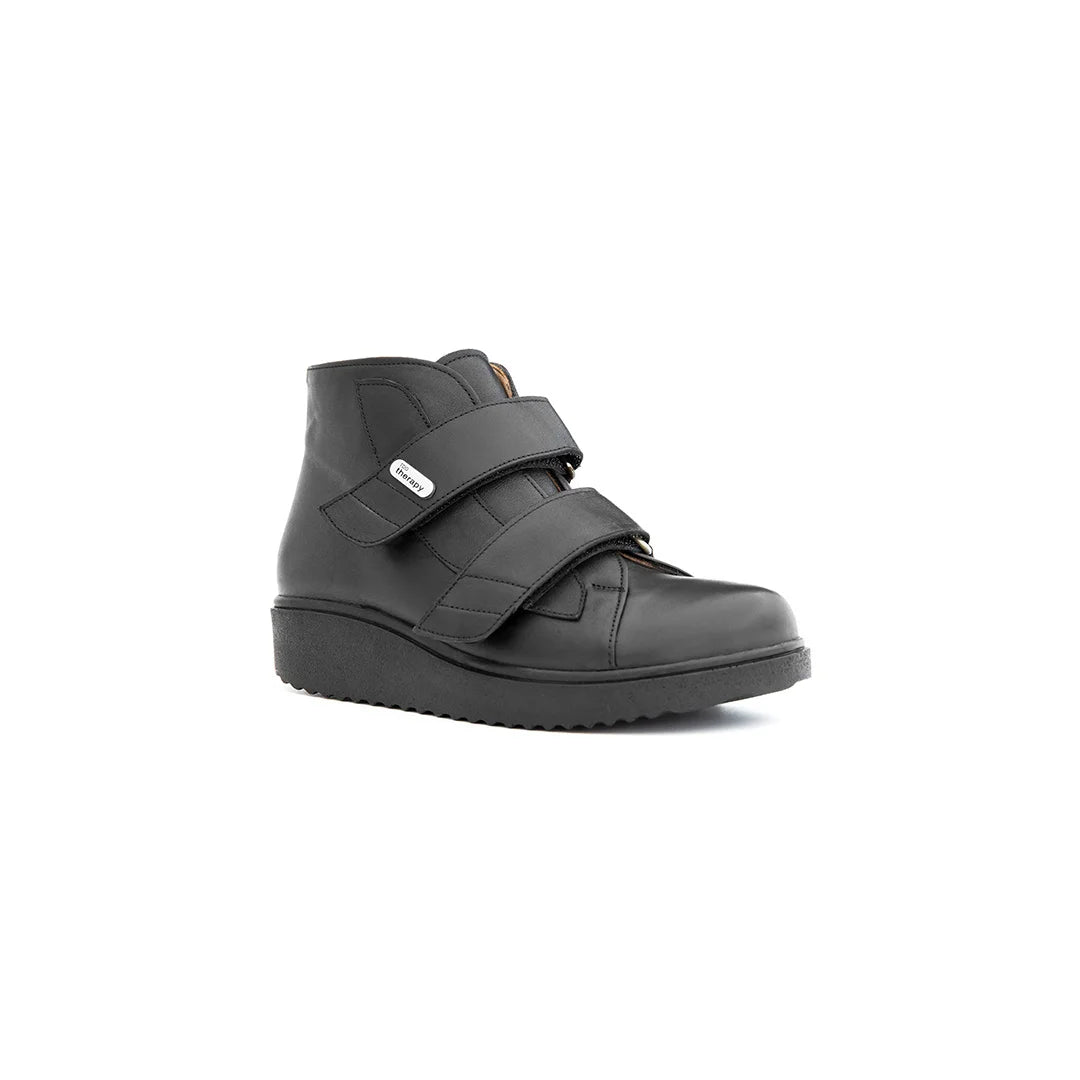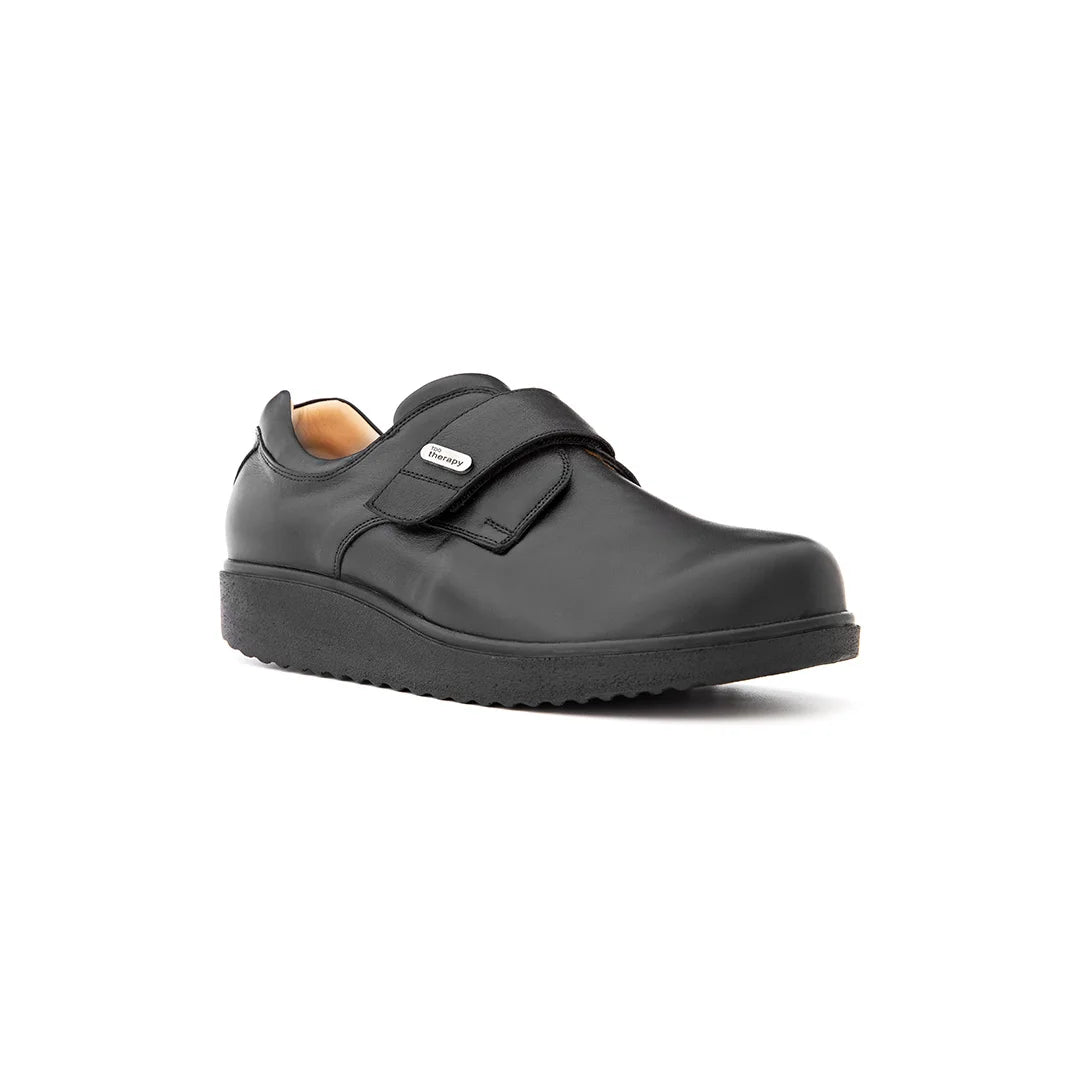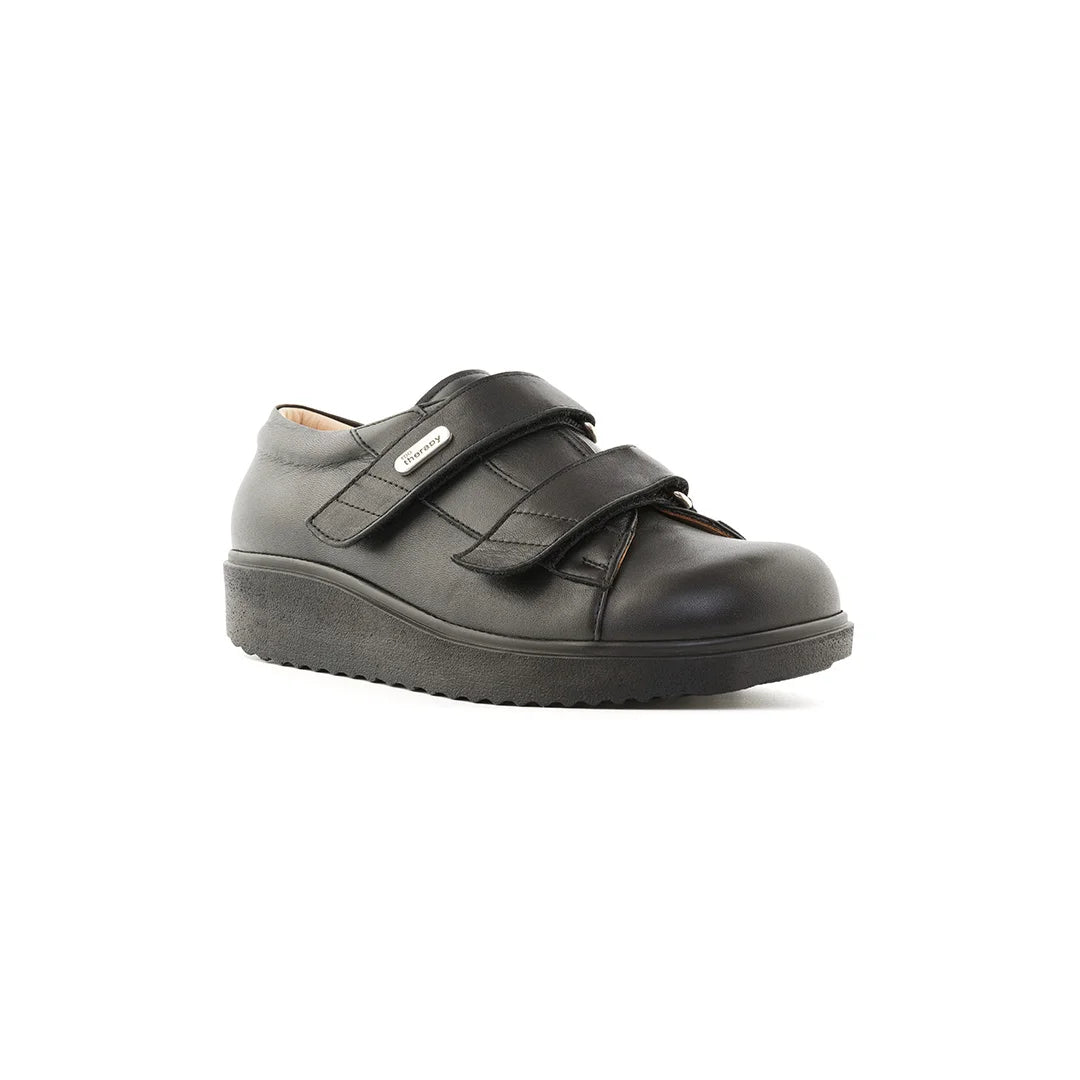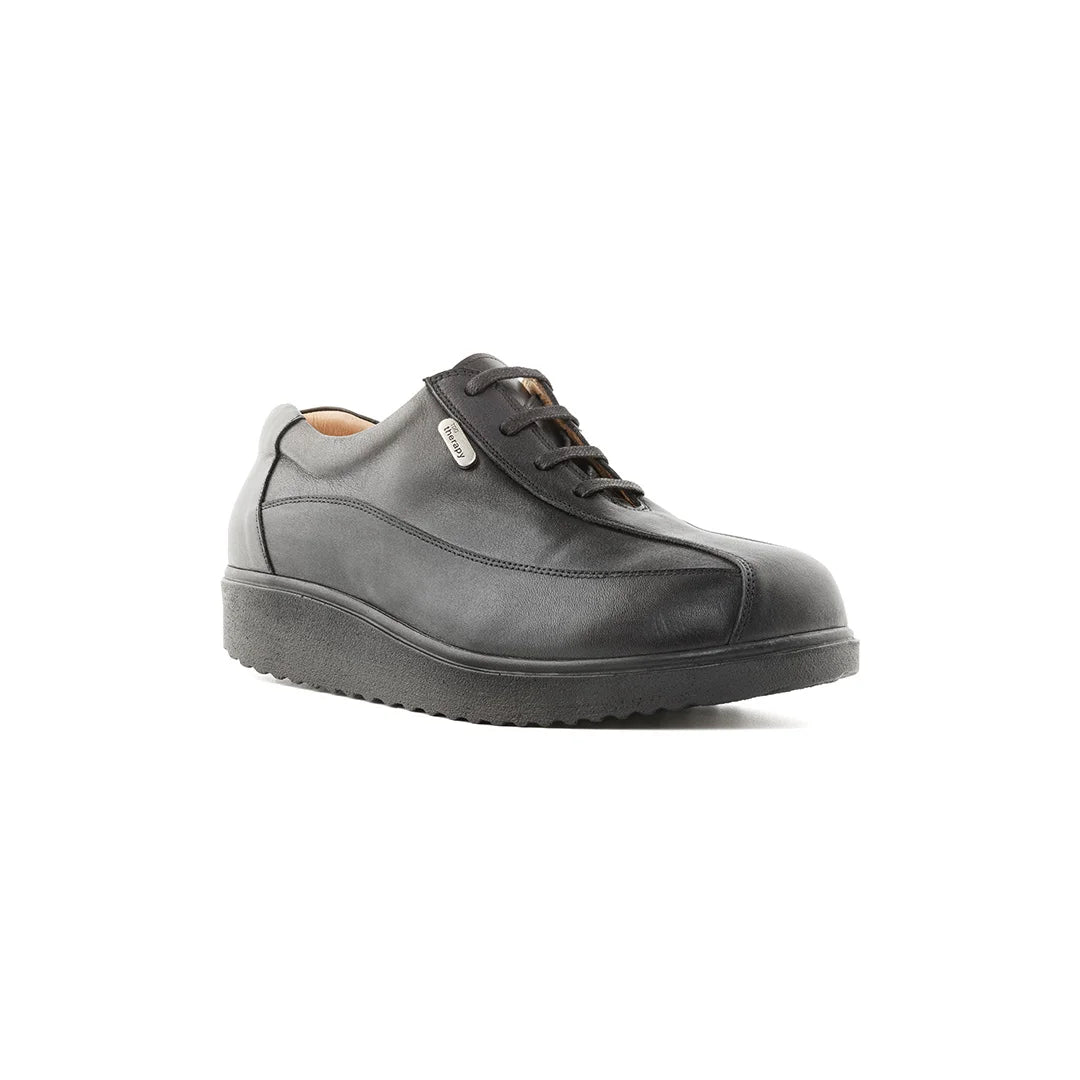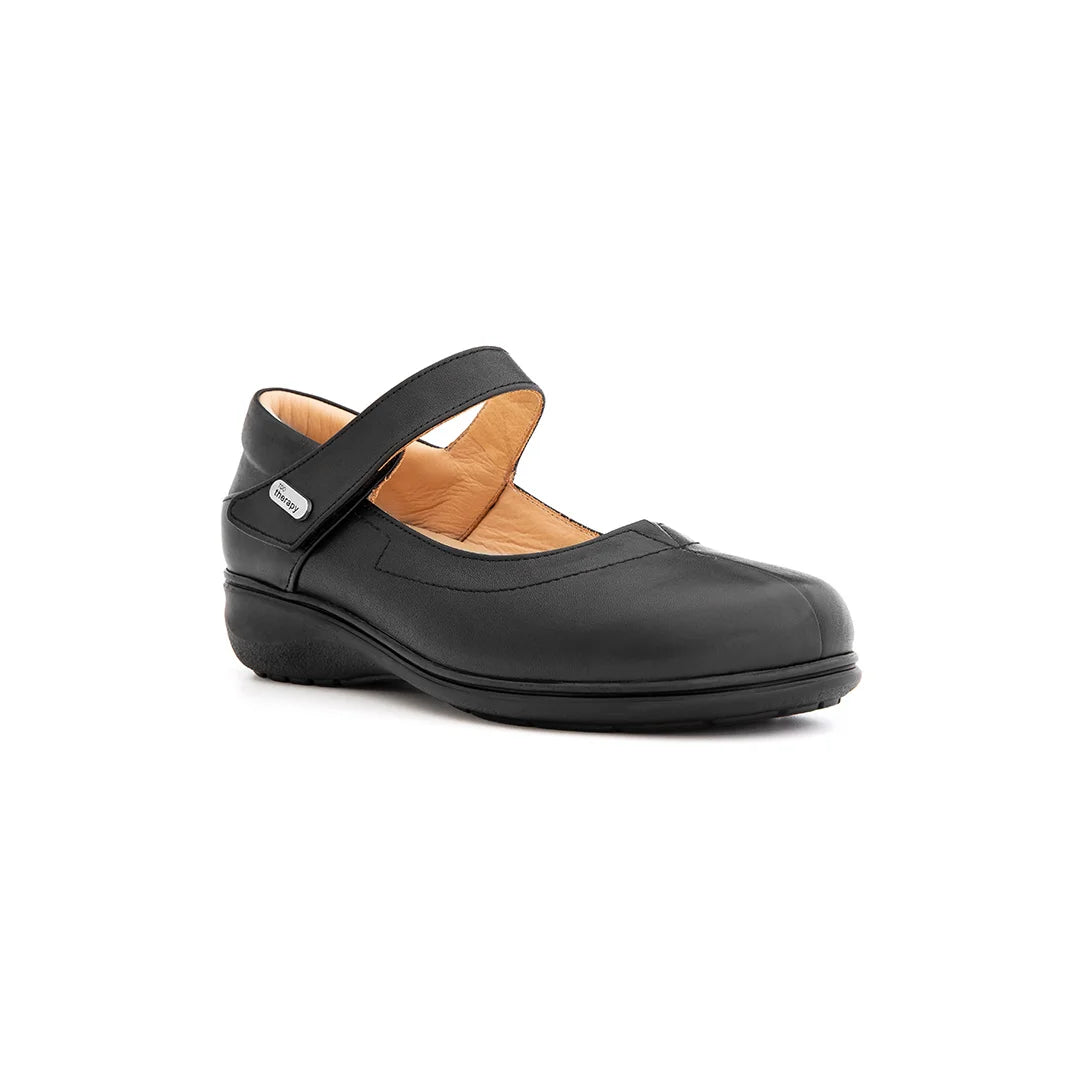Ever wondered about the fuss over orthopaedic shoes vs regular shoes? It's a question many people have, especially when foot discomfort starts to creep in. While regular shoes are fine for many, some folks need something more. This article will help you understand the big differences between orthopaedic shoes and regular shoes, and why picking the right pair is a real game-changer for your foot health.
Key Takeaways
- Regular shoes are mostly about looks and general comfort; they often don't have the specific support needed for foot problems.
- Orthopaedic shoes are made to give extra comfort, support, and help fix foot issues, also stopping new ones from starting.
- These special shoes have better support, soak up shock, spread pressure evenly, can be adjusted, and last a long time.
- There are different kinds of orthopaedic shoes for different problems, like extra depth shoes or ones for people with diabetes.
- Orthopaedic shoes can really help with ongoing foot pain, medical problems that affect feet, and getting better after an injury or operation.
Understanding Regular Footwear
Aesthetic Focus of Regular Shoes
When we're browsing for shoes, let's be honest, most of us are drawn to what looks good. Regular shoes are often designed with aesthetics as the primary focus. Think about it: the latest trends, colours, and styles are what catch our eye. Comfort and support? Well, those can sometimes take a back seat. It's all about making a statement or completing an outfit. This isn't necessarily a bad thing, but it's important to recognise that regular shoes are often more about fashion than function.
Limitations of Standard Footwear
While regular shoes can be great for everyday wear and looking stylish, they do have their limitations. They often lack the specific support and cushioning needed for people with foot problems. The soles might be too thin, the arch support non-existent, and the overall construction just not sturdy enough. This can lead to discomfort, pain, and even exacerbate existing foot conditions. We've all experienced that end-of-the-day foot ache after wearing the wrong shoes, right?
Here's a quick rundown of common issues:
- Inadequate arch support
- Insufficient cushioning
- Poor shock absorption
- Lack of stability
It's worth remembering that regular shoes are designed for the 'average' foot. If your feet deviate from this average in any way, you might find yourself needing something more specialised.
When Regular Shoes Suffice
Okay, so we've talked about the downsides, but when are regular shoes okay? Well, if you have healthy feet with no specific issues, and you're not planning on doing a lot of walking or standing, then regular shoes can be perfectly fine. For short periods of wear, or for activities that don't put a lot of stress on your feet, they can be a comfortable and stylish option. It really depends on your individual needs and how much you value fashion over function. If you're unsure, it's always best to err on the side of caution and consider something with more support.
The Purpose of Orthopaedic Shoes
Enhanced Comfort and Support
Orthopaedic shoes? They're not just about looking different; they're built for comfort. We're talking cushioned insoles, arch support, and designs that spread your weight evenly. This means less pressure on your feet, which is a massive win if you're on your feet all day. Think of it as a comfy hug for your feet, reducing fatigue and general grumpiness.
Corrective Features for Foot Issues
One of the main things we aim for with orthopaedic shoes is fixing foot problems. Conditions like flat feet, bunions, and overpronation can be a real pain. Orthopaedic shoes come with features like arch support and reinforced heels to help your feet stay in a natural, healthy position. It's like giving your feet a helping hand to get back on track.
Preventing Future Foot Problems
It's not just about fixing existing issues; it's about stopping new ones from popping up. By giving your feet the support and cushioning they need, we can lower the risk of developing things like hammertoes, corns, and calluses. Think of it as an investment in your future foot health. Prevention is better than cure, right?
Orthopaedic shoes can also help with posture and balance, which is super important, especially as we get older. They promote proper alignment, which can help prevent falls and injuries. Plus, these shoes often come with customisation options, so a podiatrist can create insoles tailored to your specific foot shape and needs.
Key Characteristics of Orthopaedic Footwear
Superior Support and Shock Absorption
When we're looking at orthopaedic shoes, the first thing we notice is the level of support they offer. These aren't your average trainers; they're designed to cradle your feet properly. They usually have extra padding and reinforcement in key areas, like the arch and heel. And it's not just about support; shock absorption is a big deal too. The materials used often help to reduce the impact on your feet, ankles, knees, and even your hips. It's like walking on a cloud, but with structure.
Pressure Distribution and Customisable Fit
One of the clever things about orthopaedic shoes is how they spread your weight across your foot. Regular shoes can sometimes create pressure points, leading to discomfort or even pain. Orthopaedic shoes aim to minimise this by distributing the load more evenly. Plus, many of them come with adjustable straps, removable insoles, or other features that allow for a customised fit. This is super helpful if you have bunions, swelling, or other foot issues that make it hard to find shoes that fit properly.
Durable Construction for Longevity
Let's be honest, orthopaedic shoes can be a bit of an investment. But they're generally built to last. The materials used are often higher quality and more durable than what you'd find in standard footwear. This means they can withstand daily wear and tear, providing support and comfort for longer. It's like buying a well-made tool; it might cost more upfront, but it'll save you money in the long run because you won't have to replace it as often.
Orthopaedic shoes are more than just comfortable footwear; they're a tool for maintaining foot health. The combination of support, shock absorption, customisation, and durability makes them a worthwhile consideration for anyone experiencing foot problems or looking to prevent them.
Specialised Orthopaedic Shoe Types
We've found that when it comes to foot health, one size definitely doesn't fit all. That's where specialised orthopaedic shoes come in. These aren't your run-of-the-mill trainers; they're designed with specific foot conditions in mind, offering targeted support and relief.
Extra Depth and Rocker Bottom Shoes
Extra depth shoes are a godsend for those needing extra room. Think of them as spacious apartments for your feet, perfect if you wear custom orthotics or have swelling. Rocker bottom shoes, with their curved soles, help reduce pressure on the ball of your foot, making walking easier, especially if you've got arthritis or plantar fasciitis. They literally rock you forward!
Post-Operative and Motion Control Footwear
Post-operative shoes are like protective cocoons for your feet after surgery. They shield your foot during healing, often featuring open-toe designs and adjustable straps to accommodate swelling. Motion control shoes, on the other hand, are designed to limit excessive foot movement, particularly overpronation. They're a great option if you have flat feet or are prone to ancle injuries.
Diabetic Specific Footwear
Diabetic footwear is all about preventing injuries. People with diabetes often have reduced sensation in their feet, making them more vulnerable to cuts and sores. These shoes typically have seamless interiors to minimise friction and extra depth to accommodate orthotic inserts. They're designed to keep your feet safe and sound.
Choosing the right type of orthopaedic shoe can make a huge difference in your comfort and mobility. It's always best to consult with a podiatrist to determine which style is most suitable for your specific needs. They can assess your foot condition and recommend the best option to keep you on your feet, pain-free.
Conditions Benefiting from Orthopaedic Shoes
We often get asked who exactly benefits from wearing orthopaedic shoes. It's not just for grannies, you know! Let's have a look at some specific situations where they can really make a difference.
Managing Chronic Foot Pain and Deformities
If you're dealing with constant foot pain, even after trying regular shoes or those fancy insoles, orthopaedic shoes might be the answer. They're especially good for things like bunions or if your feet roll inwards or outwards too much. The extra space and support can make a world of difference, letting your feet sit comfortably without being squashed or strained.
Support for Medical Conditions Affecting Feet
Orthopaedic shoes can be a godsend for people with certain medical conditions. Think about diabetes, arthritis, or even neurological problems like neuropathy or multiple sclerosis. These conditions can really mess with your feet, making them extra sensitive or prone to injury. Orthopaedic shoes offer that extra bit of protection, cushioning, and support to help manage complications and keep you moving.
Post-Surgical Recovery and Injury Management
After foot or ancle surgery, or when you're recovering from a nasty sports injury, you need all the support you can get. Orthopaedic shoes are great because they protect your foot while it's healing. They often have adjustable straps or closures to accommodate any swelling, which is super handy.
Getting the right footwear after surgery or an injury is so important. It's not just about comfort; it's about making sure you heal properly and don't end up with more problems down the line. A good pair of orthopaedic shoes can really speed up the recovery process.
Orthopaedic Shoes Versus Orthotics
It's easy to get orthopaedic shoes and orthotics mixed up, but they serve different purposes. Let's break down the key differences to help you decide what might be best for your feet.
Primary Use and Customisation Differences
Orthotics are inserts that you place inside your regular shoes. They're designed to provide extra support, cushioning, or correction for various foot problems. You can get them over-the-counter at pharmacies, or have them custom-made by a podiatrist. Orthopaedic shoes, on the other hand, are specially designed shoes that replace your regular footwear. They often have features like extra depth, wider toe boxes, and rocker soles to accommodate orthotics or address specific foot conditions. Customisation is key with both, but orthopaedic shoes often involve a more comprehensive fitting process.
Addressing Mild Versus Severe Foot Issues
Generally, we find that orthotics are a great first step for mild to moderate foot problems. Think of issues like arch pain, mild overpronation, or plantar fasciitis. They can provide targeted support without requiring a complete shoe overhaul. However, for more severe foot conditions, such as significant deformities, post-surgical recovery, or conditions like diabetic foot, orthopaedic shoes are often the better choice. They offer a more structured and supportive environment for the entire foot.
Combining Orthopaedic Shoes with Orthotics
Sometimes, the best solution involves using both orthopaedic shoes and orthotics together. This approach is particularly useful when you need the support and structure of an orthopaedic shoe, but also require the specific correction or cushioning provided by a custom orthotic. It's like a double-layered approach to foot care!
Choosing between orthotics and orthopaedic shoes isn't always straightforward. It really depends on the severity of your foot condition, your lifestyle, and what your podiatrist recommends. Don't hesitate to seek professional advice to determine the best course of action for your individual needs.
Investment in Foot Health
Cost Considerations of Orthopaedic Footwear
Okay, let's be real, orthopaedic shoes can seem a bit pricey compared to your average high street trainers. But it's worth thinking about it as an investment. We're not just buying shoes; we're investing in our long-term comfort and mobility. Think about all the money we might save on pain relief, physio, and even potential surgery down the line. Plus, they tend to last longer than regular shoes, so that's something to consider too.
Potential Insurance Coverage for Orthopaedic Shoes
Now, this is where things get a bit interesting. Whether or not your insurance will cover orthopaedic shoes really depends on your specific policy and the reason you need them. It's always worth checking with your provider to see what's covered. Usually, if they're prescribed by a doctor for a specific medical condition, you've got a better chance. Keep all your paperwork and prescriptions handy – you'll probably need them!
Long-Term Benefits for Well-being
Honestly, the best way to think about orthopaedic shoes is as an investment in your overall well-being. It's easy to underestimate how much foot pain can affect your life. When our feet hurt, we're less likely to be active, which can lead to all sorts of other health problems.
By taking care of our feet, we're not just preventing pain; we're improving our quality of life, allowing us to stay active, independent, and enjoy the things we love for longer. It's about being proactive and looking after ourselves.
Here's a few things to consider:
- Improved posture and balance
- Reduced risk of falls, especially as we get older
- Increased comfort during daily activities
Wrapping It Up
So, we've looked at the big differences between orthopaedic shoes and regular shoes. It's pretty clear that while normal shoes are fine for many, orthopaedic ones are a real game-changer if you have foot problems or just need extra support. Picking the right type of footwear can make a huge difference to how your feet feel and how you get about every day. Don't just put up with foot pain; think about what your feet really need. Getting the right shoes can help you stay comfy and active, which is what everyone wants, right?
Frequently Asked Questions
Who should wear orthopaedic shoes?
Orthopaedic shoes are helpful for folks with foot pain, flat feet, bunions, or diabetes. They also help stop foot problems for people who stand a lot or have bad posture.
How do orthopaedic shoes help with plantar fasciitis?
Orthopaedic shoes give good arch support and soft cushioning. This helps reduce strain on the plantar fascia, which is a band of tissue on the bottom of your foot. This eases pain and stops more damage.
Can I use my own orthotics with orthopaedic shoes?
Yes, many orthopaedic shoes are made to fit custom inserts. These inserts can give even more support and comfort, especially for specific foot issues.
Where can I buy orthopaedic shoes?
You can buy orthopaedic shoes at special shoe shops, medical supply stores, or online. It's often best to get advice from a foot doctor or specialist to make sure you pick the right ones.
Do I need a doctor's note to get orthopaedic shoes?
It's a good idea to talk to a doctor or a foot specialist like a podiatrist. They can look at your feet and tell you if orthopaedic shoes are right for you and what kind you might need.
Are orthopaedic shoes more expensive than regular shoes?
Orthopaedic shoes are typically more expensive than regular shoes because they are made with special features and materials. However, they are an investment in your foot health and can save you money on future foot problems.



